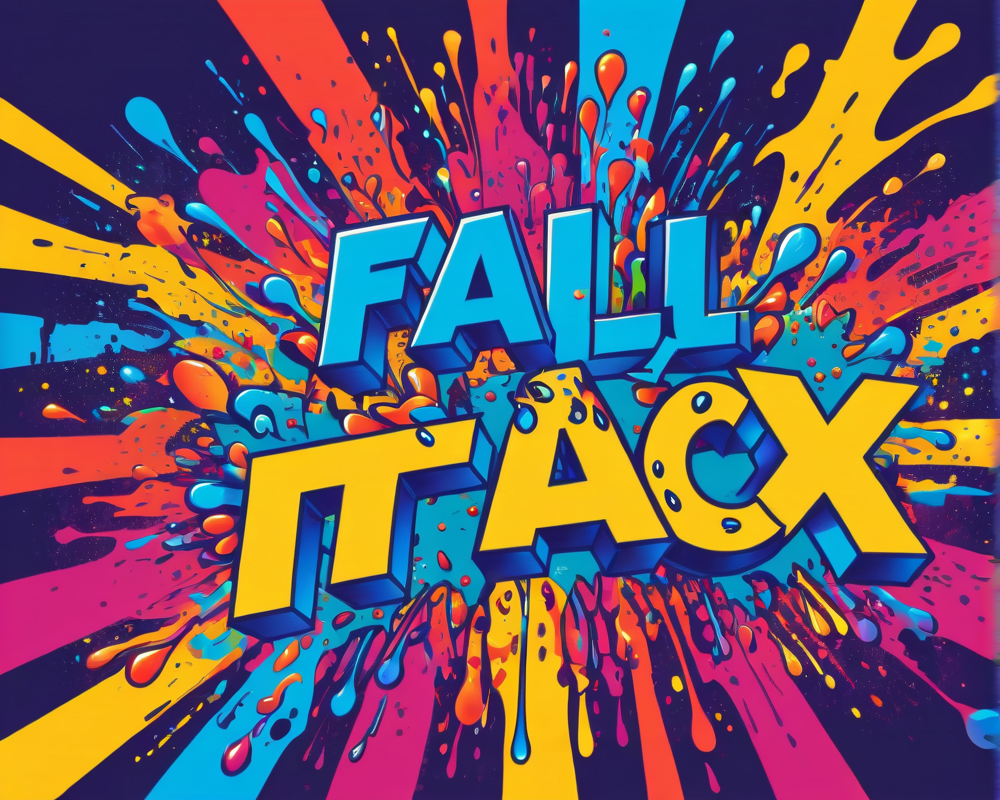The Rise of UMA: A New Player in DeFi
On September 1, UMA made headlines by overtaking yearn.finance as the leading decentralized finance (DeFi) protocol on Ethereum, boasting a $1.3 billion market cap. In an ever-evolving landscape where opinions are as numerous as tokens themselves, the question emerges: is UMA truly a DeFi protocol, or does it lean more towards the oracle side of things?
UMA’s Unique Infrastructure and Functionality
At its core, UMA aims to construct an open-source framework for what it terms ‘priceless’ financial contracts on the Ethereum blockchain. Its infrastructure comprises two vital components:
- Priceless Financial Contracts: This feature enables the creation of synthetic tokens.
- Data Verification Mechanism (DVM): Functioning as a decentralized oracle, this service operates similarly to Chainlink and Band.
Through this dual approach, UMA fosters the rapid and secure development of synthetic derivatives while minimizing reliance on on-chain price feeds. As growing demands for accurate market data intensify, it’s clear that oracles play a critical role in the DeFi ecosystem.
UMA vs. Yearn.finance: A Comparative Analysis
While both UMA and yearn.finance engage in the DeFi sphere, they fulfill markedly different roles. Yearn.finance offers a more service-centric experience, enabling users to maximize yields across various protocols. Meanwhile, UMA acts more like a robust foundation, providing essential infrastructure that underpins these DeFi services. It’s akin to comparing a high-end kitchen appliance to the entire house; one is crucial for particular tasks, but the house provides the essential environment to function.
The Impact of Incentivization in the DeFi Space
According to pseudonymous trader Hsaka, the rapid ascent of UMA can largely be attributed to its lucrative pools for tokens like $SUSHI. He noted the growing importance of incentives in driving the success of DeFi projects:
“I don’t think it having the highest APY pool for $SUSHI is the sole reason, rather a contributing factor.”
The shifting tides of DeFi spell that protocols must innovate relentlessly to capture user interest and engagement.
The Shift from Competition to Collaboration
Interestingly, the DeFi landscape appears to be steering away from cutthroat competition, leaning toward collaborative efforts. Yearn.finance recently assured its community that all developments are built with a spirit of cooperation:
“To clarify, nothing we build under yearn.finance is competitive. It is collaborative.”
As projects integrate and share resources, they foster a richer ecosystem benefiting users and platforms alike.
Exchanges React to DeFi’s Explosive Growth
As the DeFi realm continues to expand, major exchanges are scrambling to keep up by listing tokens at an unprecedented pace. Take, for example, September 1 when Binance, Huobi, and OKEx welcomed SUSHI into their listings. With these listings, users gain more options, albeit with sharper complexities—and maybe a side order of confusion.



